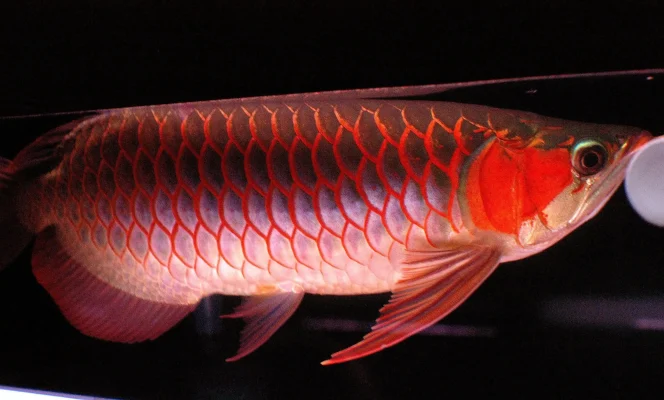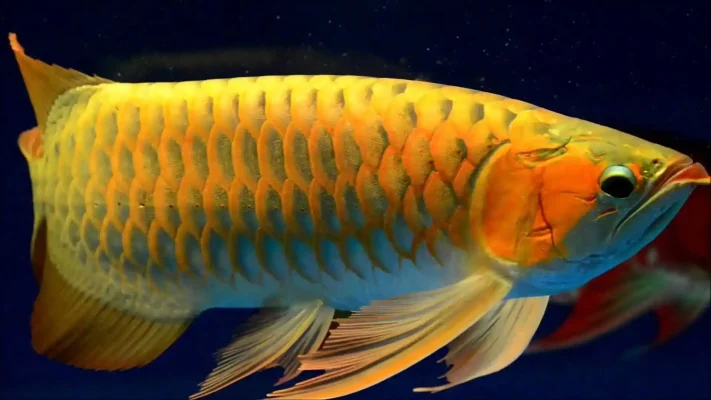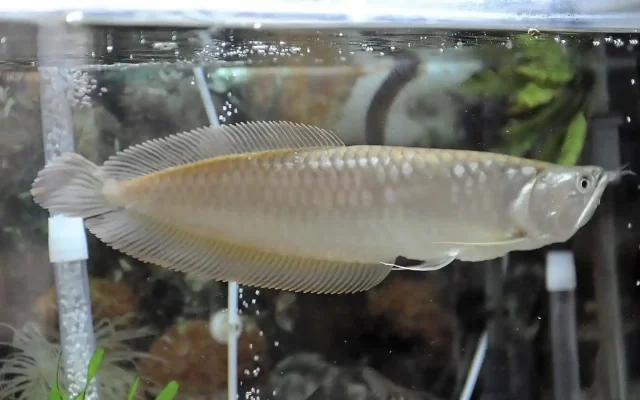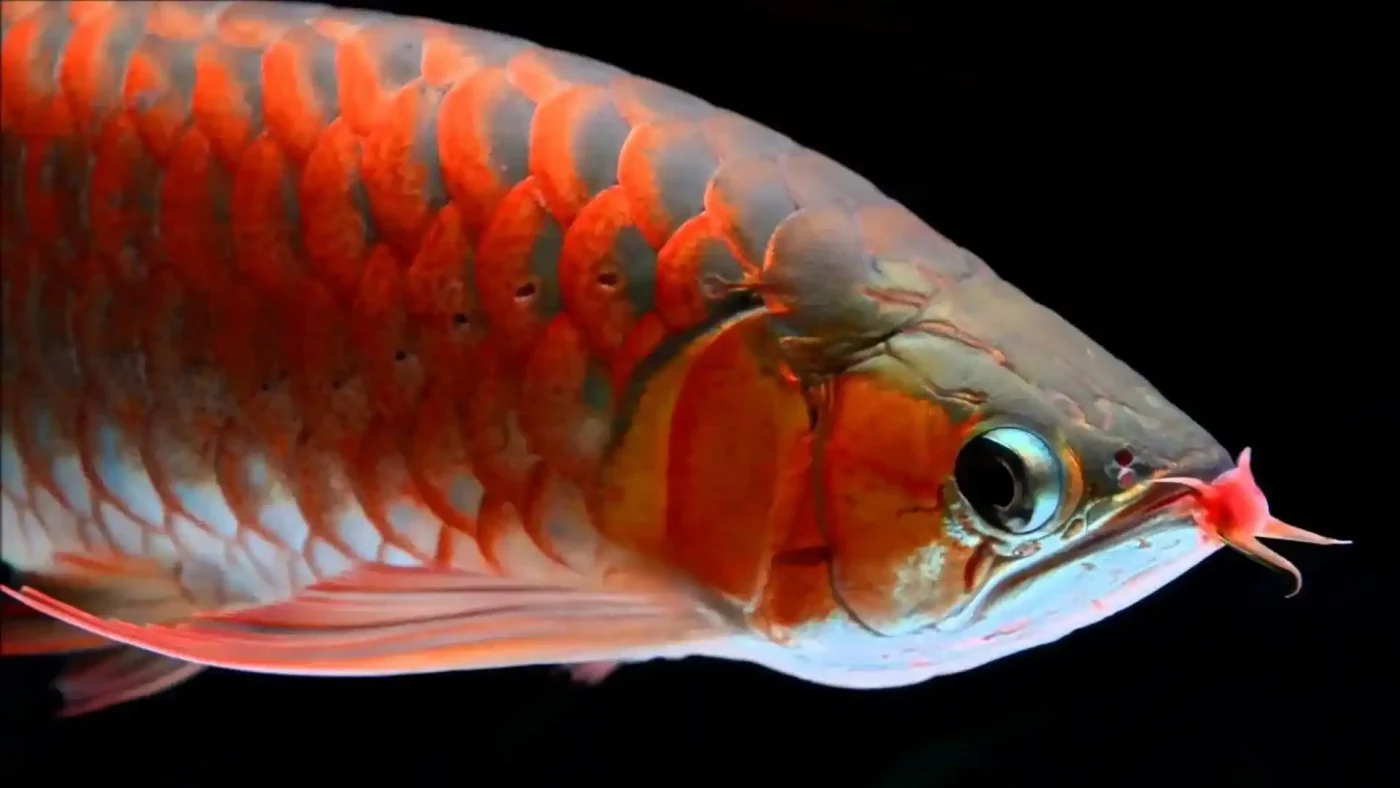Arowana anatomy explained: Understanding the physical structure of Arowana fish
Arowana anatomy explained: Understanding the physical structure of Arowana fish
Arowanas are fascinating freshwater fish with unique bodies and features. Let’s explore the Arowana anatomy of these prized aquatic creatures:
Key highlights
- Arowanas have elongated bodies and stunning scales
- Special features include barbels, robust skeletal systems, and air-breathing capabilities
- Various types originate from Africa, Asia, South America, and Australia
- They require spacious tanks and specialized care to thrive
- Understanding arowana anatomy is crucial for proper fish keeping
- Arowanas are considered status symbols and are highly valued in the aquarium trade
Welcome to our deep dive into the fascinating world of arowana anatomy. These freshwater fish are prized for their unique appearance and are even regarded as status symbols in some cultures. Arowanas boast elongated bodies, vibrant scales, and several remarkable adaptations.
Learning about arowana anatomy is key to providing these magnificent fish with optimal care. From setting up the right tank environment to ensuring proper nutrition, understanding their physical structure helps fish keepers meet all their needs. So let’s explore the incredible anatomy of the arowana!

Overview of arowana anatomy
Arowanas are freshwater fish with elongated bodies. They belong to the Osteoglossum family and come in different varieties from Africa, Asia, South America, and Australia. Here are some key aspects of their anatomy:
- Streamlined, elongated shape for efficient swimming
- Large, overlapping scales with metallic hues
- Barbels (whisker-like sensory organs) on their lower jaw
- Robust skeletal system to support their substantial size
- Unique ability to breathe air at the water’s surface
The beauty of their scales and distinctive features make arowanas highly sought after in the aquarium trade.
Understanding scales and skin
The scales are one of the arowana’s most striking features. These fish have large, overlapping scales that give them a beautiful, armored appearance. The scales serve to protect the fish and aid in temperature regulation.
Arowanas often display a shiny, metallic silver coloration. However, they can also come in other vibrant shades such as:
The stunning scales are a significant factor in the arowana’s popularity among fish enthusiasts.

The significance of barbel length
Barbels are another fascinating aspect of arowana anatomy. These whisker-like sensory organs on the fish’s lower jaw serve several important functions:
- Detecting movement in the water
- Sensing vibrations
- Locating prey
- Navigating their environment
The length of the barbels can vary among different arowana species. These sensory appendages are often likened to dragon whiskers, which is why arowanas are sometimes referred to as “dragon fish.”

The skeletal system of arowanas
Arowanas possess a robust skeletal structure to support their substantial size. Key features of their skeletal system include:
- Classification in the Osteoglossum family (which translates to “bone tongue“)
- A unique bony structure in the floor of the mouth
- Strong yet flexible bones for agile swimming
- Skull and jaw adaptations for efficient prey capture
Understanding the arowana’s skeletal system is crucial for maintaining the health of these large fish.
Skull structure and jaw mechanics
The arowana’s skull and jaw are specially adapted for predation. They feature:
- A powerful jaw equipped with sharp teeth
- The ability to open the mouth extremely wide
- Strong suction capability for capturing fast-moving prey
Knowledge of the arowana’s jaw structure helps fish keepers provide an appropriate diet to maintain their health.

Fin configuration and their functions
Arowanas possess several fins that aid in movement and balance in the water:
| Fin | Location | Function |
|---|---|---|
| Anal fin | Ventral side of body | Provides stability and balance |
| Dorsal fins | Along the back | Assist with steering and propulsion |
| Caudal fin (tail) | Posterior end of body | Generates powerful thrust for rapid swimming |
The arowana’s long, flowing fins contribute to its graceful appearance and efficient locomotion in the water.
Arowana respiratory system

Arowanas have a unique respiratory system:
- They possess gills for extracting oxygen from water
- They can also breathe air at the water’s surface
- A specialized swim bladder functions like a lung for aerial respiration
read more :
Jardini Arowana for Sale in USA
Silver arowana for sale online
Super Red Arowana Fish for Sale
Understanding the arowana’s respiratory needs is essential for creating an optimal tank environment.
For more detailed information on arowana care and varieties, check out our comprehensive guide to arowana fish care.


 Deutsch
Deutsch